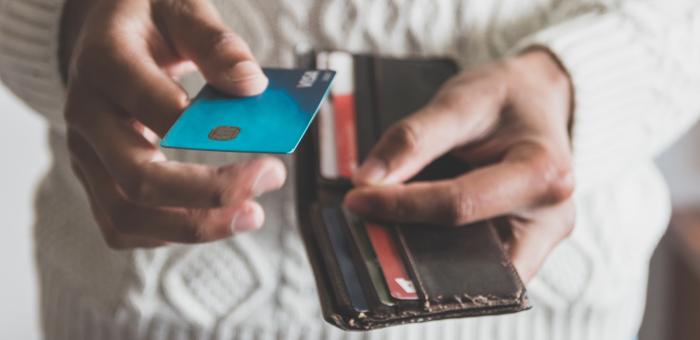This is the year you’re working on a financial plan. (Hooray!) You’ve set your goals and budgeted how to fund them. Your next step is to set up an emergency fund.
All the planning in the world won’t help if life throws you a curveball and you’re not prepared financially. Ask yourself a few questions:
- Would a RM2,500 expense throw off your budget in a big way?
- Will you struggle to pay the bills should you lose your job today?
- Would the expense of an unexpected medical issue land on your credit card? How about if you blow the engine on your car?
If you answered yes to any of those questions, you need an emergency fund.
How much do I need?
Set mini-goals. Start by saving RM1,000. Then add to it until you have one month of expenses. Your ultimate goal is to set aside 3 – 6 months of your expenses. You may want to save more than 6 months of expenses if you’re the sole breadwinner or have an unpredictable income.
If you’re just getting started, don’t get hung up on the big number. The important thing is to just get started.
Where should I put the money?
Keep your emergency fund in a bank account that’s liquid and accessible. But not too accessible. Meaning, put the money in a separate savings account that you can access online, but not from an ATM. (So you’re not tempted to withdraw it. You know—out of sight, out of mind.)
How do I get started?
Here are 2 options to fund your new emergency fund.
- Automate it. Have money direct deposited from each paycheck into a savings or money market account. If you set aside RM50 a week, at the end of 2 years you could have saved RM5,200.
- To build it faster, transfer money from a bonus or tax refund. Plus, if you have cash surplus at the end of a month, add that, too. (These excess cash are meant for goals like this.)
Having funds for an emergency can take a huge weight off your shoulders when you have a surprise expense, making it more of an inconvenience to deal with than a financial hardship.



